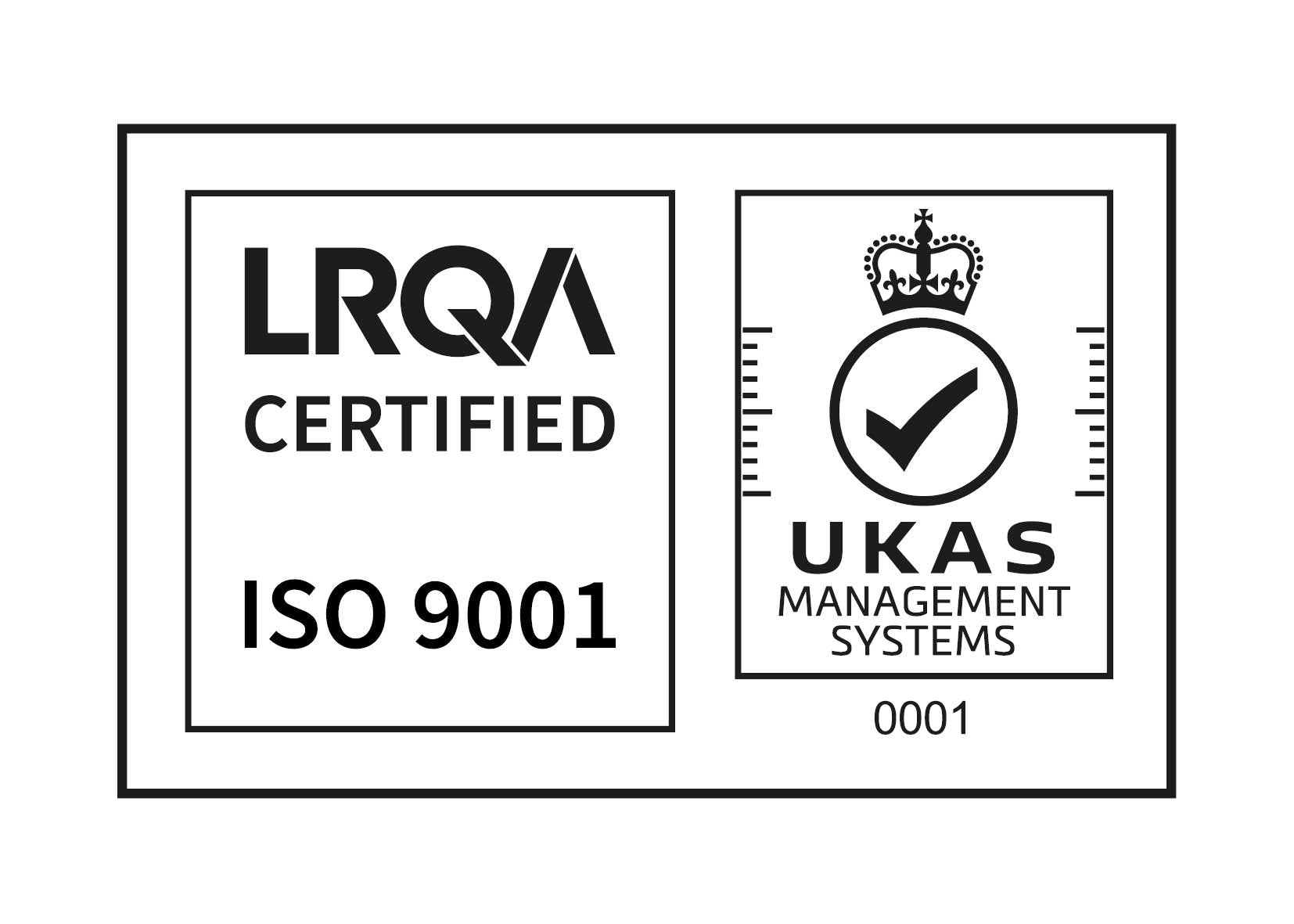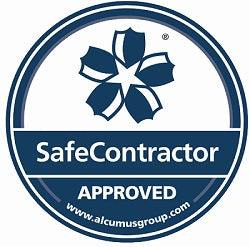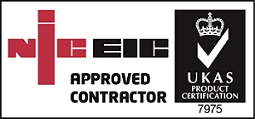Turning the (water) table on turbidity with ABB drives
Slow, slow, quick, quick, slow. For a lower turbidity tempo ABB’s ACQ580 drive is able to make some smooth moves.
When EDC encountered turbidity at a borehole pump, the unique programming features of the ACQ inverter enabled us to quickly get some 'clarity' on the situation.
Turbidity occurs when solids (erosion, sediment or debris) become suspended in water, giving it a cloudy appearance. It causes increased water temperature (because the suspended particles absorb and retain heat) and a reduction in photosynthesis (so less oxygenated water). It makes treating the water for human consumption more difficult, so preventing it at source is the best solution.
That's why, when a civil engineering company contacted us about controlling borehole turbidity, we knew how to make the answer crystal clear.
Variable speed drives are used on boreholes to control the pumping of water through pipes for consumption. Many people will understand that VSDs allow you to have precise control over pumps, ramping them up and slowing them down when demand is diminished. What isn't commonly known is that within this ramp up/slow down operation, there are programmes which can make the process much smoother, diminishing turbidity, preventling 'water hammer' and even, in the separate case of wastewater, de-ragging.
Really? Tell me more. Well, with ABB's dedicated water drive - the ACQ580 (you were introduced earlier) the design engineers wanted to create a drive so dedicated to the water industry, that it would be the gold standard in the water and wastewater industry; it would set the benchmark.
Attending site, our engineers promptly adjusted the settings on the drive initialising 'Quick Ramp' and 'Soft Pipe Fill' - the two specific functions which would dramatically impact the site's problems with turbidity, not only cutting it to a minimum, but having the beneficial knock-on effect of prolonging the life of the pump, seals and bearings.
How does it work?
Quick ramp: Gets the drive to its minimum speed in the fastest possible time, and in so doing, extends the life of a submersible pump by reducing wear of the mechanical parts using ramp sets to accelerate and decelerate the pump.
Soft fill: imagine turning on a tap as gently as possible: the water doesn't splash. In the same way gently filling a pipe avoids sediment disturbance, pressure peaks and the pipe-destroying water hammer. It allows a pipeline to fill smoothly before PID control is activated.
In short, when a pump starts as slowly as possible, it creates the lowest turbidity values for the water being moved / extracted. When you combine quick ramps and long, normal ramps the drive will protect and run submersible pumps in the most optimal way. After a week the site's turbidity had fallen significantly and the on-site team had a greater (smoother) control of the process. Not working harder, but smarter.






